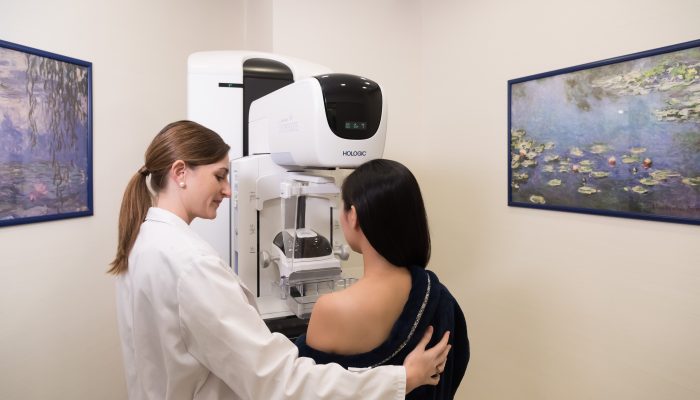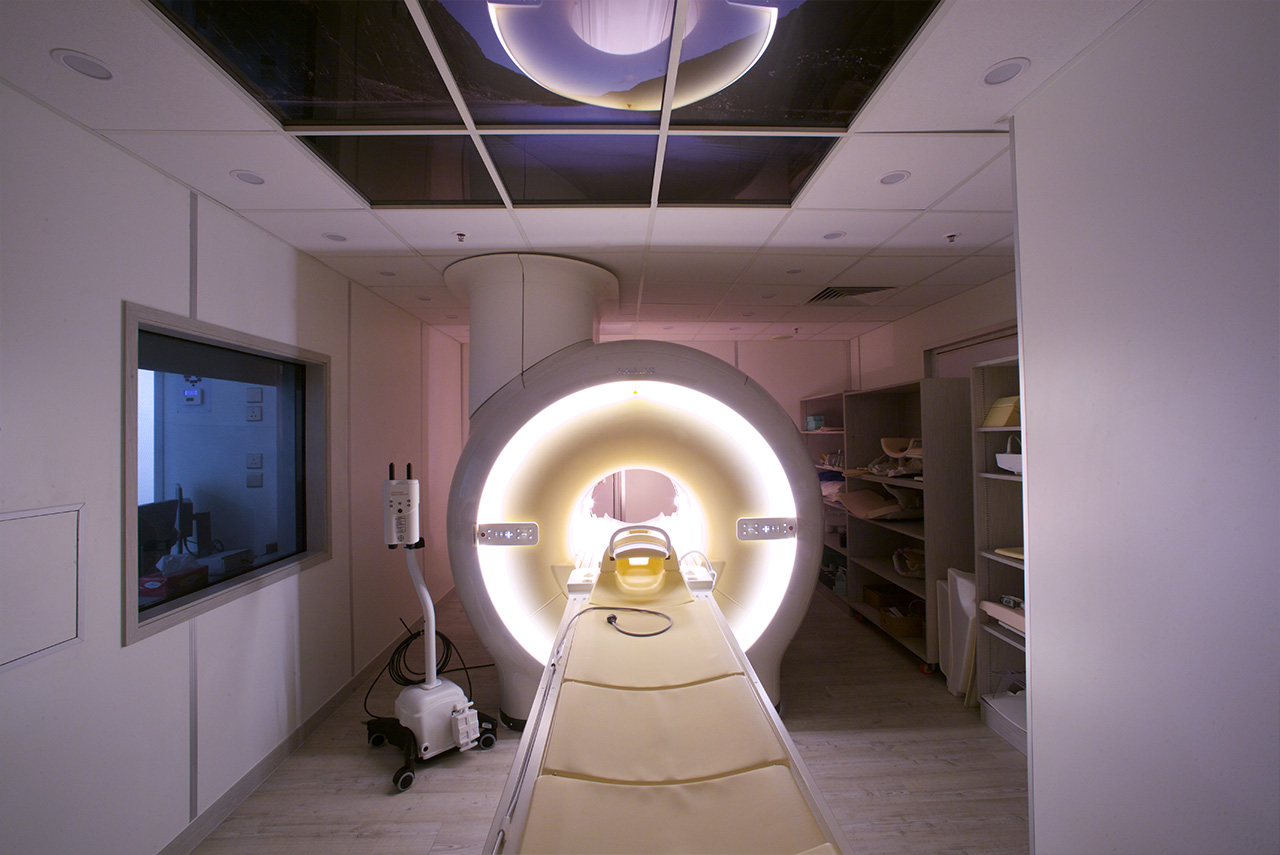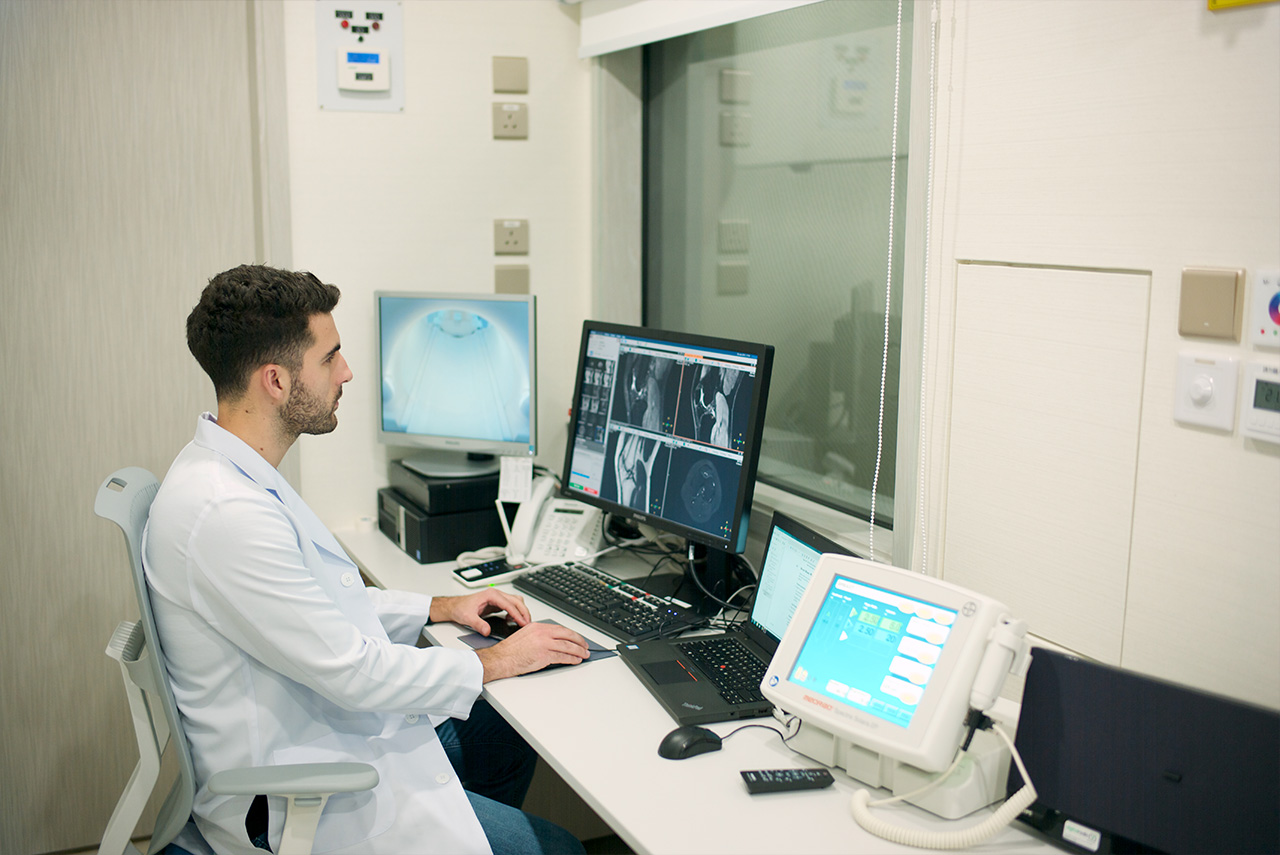Breast Cancer
Breast cancer is a tumor that contains malignant cells in the breast. A breast tumor is a bulge caused by the uncontrolled development of cells in the breast. It can be either malignant (cancerous) or benign (non-cancerous) (not cancerous).
The fat, connective tissue, and gland tissue that make up the breasts are split into lobes. Ducts run from your lobes to your nipple.
Most women have breasts of various sizes that look and feel different based on their menstrual cycle at different periods of the month. Your breasts change as you age; for example, following menopause, they become less plump and thick.
Breast tissue travels to the armpit, where lymph nodes are located. This is a group of glands that make up your immune system.
Breast cancer typically begins in the cells that line the lobes’ ends and in the ducts themselves. From there, it can migrate to the breast tissue and lymph nodes.

Types of breast cancer
Breast cancer comes in a variety of forms, including some that are uncommon, such as inflammatory breast cancer and Pagets disease. Breast cancer, on the other hand, is divided into two categories. These are detailed in more detail below.
Non-invasive breast cancers
Breast cancers that stay inside the ducts or lobes of your breast and do not spread to adjacent tissue or other parts of the body are known as non-invasive breast cancers. Ductal carcinoma in situ is the most frequent type of non-invasive breast cancer (DCIS). This is a kind of breast cancer that has only spread to the milk ducts and hasn’t migrated to the breast tissue. DCIS can progress to an aggressive type of breast cancer in some circumstances.
Invasive breast cancers
Breast cancers that have migrated from the ducts or lobes of your breast into the surrounding tissue are known as invasive breast cancers. Invasive ductal carcinoma (IDC) is the most prevalent type of invasive breast cancer, in which cancer cells are found in the ducts and breast tissue. This type affects about eight out of ten women who are diagnosed with breast cancer. Invasive lobular carcinoma (ILC) is a type of breast cancer that starts in the lobes but can extend to other regions of the breast. It affects about one out of every ten women diagnosed with breast cancer. IDC and ILC both have the potential to spread to other regions of the body.
Causes of breast cancer
Breast cancer has yet to be identified as a cause. However, there are some variables that increase the risk of having breast cancer. The following conditions increase your chance in developing breast cancer.
- Over 50 and have had either benign or malignant breast cancer before
- Started periods early or menopause late
- Exposed to radiation
- First pregnancy is after the age of 30, or don’t have children
- A diet full of high-fat foods or drink
- Consume more alcohol than the recommended limit of 14 units a week
- Overweight and have been through the menopause
- Have a close family member who has had breast cancer
- Take contraceptive pill or hormone replacement therapy (HRT) ( this increased risk is relatively small)
Symptoms of breast cancer
Some women don’t detect any changes in their breasts until they go for a breast screening.
Many women, however, detect a lump in their breast or a change in the surrounding skin or nipple. Nine out of ten breast lumps aren’t cancer, but you should visit your doctor right once if you notice one. Other signs to keep an eye out for include:
- a change in the shape or size of your breasts
- Different shape to your nipple – e.g. turn inwards or become irregular in shape
- Dimpled skin
- Rash on or around your nipple
- Blood-stained discharge from your nipple
- Swelling or a lump in your armpit
Other than breast cancer, these symptoms could be caused by a variety of issues. If you have any of these symptoms, consult your doctor for advice.
Diagnosis of breast cancer
Your doctor will examine you and ask you questions about your symptoms. He or she may also conduct a physical examination of your breasts and inquire about your medical history.
Your doctor may recommend you to a breast specialist clinic, where you’ll likely have more tests. Below is a list of the most common tests.
- Mammogram or ultrasound scan. An ultrasound scan creates an image of the inside of the body/or a section of the body using sound waves. If you’re under the age of 35, this is frequently done. An X-ray image of your breasts is called a mammogram.
- Biopsy. A little sample of tissue or cells will be taken by your doctor. This will be sent to a lab for analysis to establish the types of cells present and whether they are benign (non-cancerous) or malignant.
If you’ve been diagnosed with cancer, you may require additional tests to see if the disease has spread. The process of determining a cancer’s stage is known as staging. Blood tests and a chest X-ray may be performed. A scan, such as a CT (computerized axial tomography) or an MRI (magnetic resonance imaging), may be ordered by your doctor. These scans create images of the inside of your body that can aid your doctor in determining whether or not your cancer has spread.
Treatment of breast cancer
There are a variety of treatments available for breast cancer, and you may receive more than one. The sort of treatment you receive will be determined by several circumstances, including whether or not you have gone through menopause, the type of cancer you have and how advanced it is, and whether or not your disease has spread. Your doctor will discuss the various treatment options with you.
Surgery
Surgery is usually the first treatment for most women with breast cancer. Your surgeon may recommend a lumpectomy or a mastectomy, depending on the size and location of your breast lump. A lumpectomy is a procedure in which the lump is removed along with some healthy tissue. A mastectomy is a surgical procedure in which the entire afflicted breast is removed. You may be offered surgery to repair your breasts afterward.
Some lymph nodes in your armpit may be removed during either of these surgeries. This will determine if the cancer has spread.
Other therapies, such as radiotherapy, may be required after surgery. If you’ve had a lumpectomy, you’ll require radiotherapy, although it’s less usual following a mastectomy. These treatments can help to reduce the chance of the cancer coming back or spreading.
Radiotherapy
Radiotherapy is a treatment that uses radiation to kill cancer cells. The diseased cells are targeted with a beam of radiation, which reduces the tumor.
After surgery, radiotherapy is frequently used to treat breast cancer. You’ll almost certainly need a three- to five-week treatment of radiation. Radiotherapy is an outpatient treatment that takes only a few minutes per session, but you must attend five times per week.
Chemotherapy
Chemotherapy is a treatment that uses drugs to kill cancer cells. Chemotherapy may be required:
- Pre-surgery- to shrink the tumour
- Post-surgery – to reduce the chance of cancer coming back or spreading
- Treatment for breast cancer that has spread or recurring cancer
Some chemotherapy is administered as a pill, but the majority is administered as an injection into a vein. As part of your treatment, you may require one or more different medications. Chemotherapy is normally administered in a treatment cycle, with the medications administered for a few days and then a few weeks of recuperation. Over the course of up to eight months, you may have several treatment cycles.
Hormone therapy
Hormones like oestrogen can influence breast cancer cell development. Some types of breast cancer can be treated with hormone-blocking medications. Hormone therapy are typically used after surgery, although they can also be used prior to surgery or to treat cancer that has returned.
Following first breast cancer therapy, most women take hormonal therapies for at least five years. Hormone therapy comes in a variety of forms. Your doctor will assist you in selecting the appropriate medication for you.
Biological therapies (monoclonal antibodies)
Biological therapy is a type of treatment in which your body is stimulated to assault or control the growth of cancer cells. Antibodies are proteins made by your immune system that are used to fight germs and viruses. Monoclonal antibodies are created in a lab and are designed to target certain cells.
Trastuzumab is the most often utilized biological treatment (Herceptin). It works by specifically targeting breast cancer cells with a specific protein on their surface.
Trastuzumab is injected into a vein using a drip. For a year, you’ll need to have it every three weeks.
Biological therapy do not always work for all women.
Post-treatment
Your doctor will ask you to have regular check-ups after your therapy is completed. He or she will inquire about your symptoms and may schedule blood tests and mammograms for you. This is to look for indicators of cancer recurrence.
If you’re in good health, you’ll require fewer check-ups as time passes. If you experience any symptoms between sessions or are concerned in any way, reach out to your doctor.




